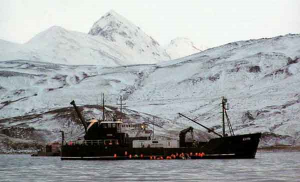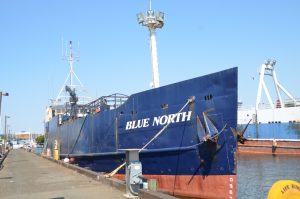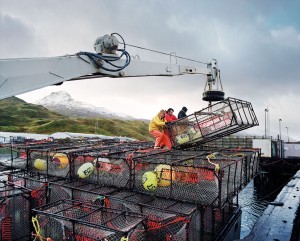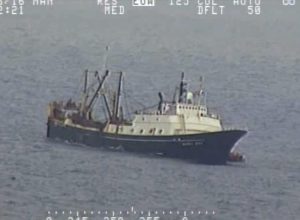On March 12, 2016, a tugboat crashed into a barge on the Hudson River near New York City, leaving two dead and one missing. The tugboat, name Specialist, was 84 feet long and sank near the new Tappan Zee Bridge. The tugboat sank within minutes after it hit a stationary construction barge near the bridge. The Specialist was one of three tugboats transporting a barge from Albany, New York to Jersey City, New Jersey. The crash resulted in 5,000 gallons of fuel aboard the tugboat being spilled in the Hudson River. The three aboard the tugboat included the deceased, Specialist’s captain Paul Amon, 62 years old, and pilot Timothy Conklin, 29, who drowned in 40 degree temperature water. The third crew member, still missing, was identified by authorities as Harry Hernandez, 56. At the time of the incident, 21 workers were on the bridge construction barge that was hit, but none sustained injuries.
Following the death of a tug crew member, the Jones Act provides a remedy for those who are fatally injured during the course of their employment. 46 U.S.C. § 30104. The Jones Act is the exclusive remedy for negligence of the seaman’s employer, or of the master and crew, with respect to death of a seaman, as it provides both a “wrongful death” remedy and a limited “survival” remedy. However, the Jones Act does not supersede remedies for torts other than negligence of his employer. Causes of action for unseaworthiness, strict liability, or negligence of third parties can be brought under the Death on the High Seas Act (DOHSA), if the wrongful acts occurred on the high seas, or the general maritime law’s wrongful death or survival remedies. A Jones Act wrongful death action must be brought by the personal representative for the benefit of the seaman’s (1) surviving spouse and children, (2) parents, and (3) dependent next of kin. 45 U.S.C. § 59. In addition, the action can be brought only against the seaman’s employer. Once a Jones Act wrongful death action is brought by a personal representative, they may try to recover for pecuniary losses, for pain and suffering, or for both. Wrongful death pecuniary loss benefits are to be awarded based on the provable losses of each statutory beneficiary. Gulf, C. & S. F. R. R. Co. v McGinnis, 228 U.S. 173 (1913). Pecuniary losses are limited to those losses that may “be measured by a money standard.” American Railroad Co. of Porto Rico v. Didricksen, 227 U.S. 145, 150 (1913). Recovery normally is allowed to children of the decedent for loss of support to majority. Parga v. Pacific E. R. Co., 103 Cal. App. 2d 840, 230 P.2d 364 (1951).
In addition to pecuniary loss, the Jones Act does allow an additional recovery for the decedent’s conscious pain and suffering, predeath medical expenses, and predeath loss of income. Under the Federal Employers Liability Act (FELA), which is incorporated into the Jones Act, the decedent’s estate is allowed to recover damages on the cause of action the decedent himself would have had for his conscious pain and suffering but for his demise. See, Snyder v. Whittaker Corp., 839 F.2d 1085, 1988 AMC 2535 (5th Cir. 1988); Greene v. Vantage S.S. Corp., 466 F.2d 159, 1972 AMC 2187 (4th Cir. 1972).
 On Friday, December 6, 2016, at 9:38 p.m., the crew of the F/V Exito contacted the U.S. Coast Guard reporting that they were taking on water 14 miles northeast of Dutch Harbor. Five crew members were aboard when the vessel sank and a nearby vessel, the Afognak Strait, was able to rescue three crew members from the water. The U.S. Coast Guard responded with the Coast Guard cutter Alex Haley and a Jayhawk helicopter from Air Station Kodiak. Unfortunately, the other two crew members were not found and remain missing.
On Friday, December 6, 2016, at 9:38 p.m., the crew of the F/V Exito contacted the U.S. Coast Guard reporting that they were taking on water 14 miles northeast of Dutch Harbor. Five crew members were aboard when the vessel sank and a nearby vessel, the Afognak Strait, was able to rescue three crew members from the water. The U.S. Coast Guard responded with the Coast Guard cutter Alex Haley and a Jayhawk helicopter from Air Station Kodiak. Unfortunately, the other two crew members were not found and remain missing. Seattle Maritime Injury Lawyer Blog
Seattle Maritime Injury Lawyer Blog














